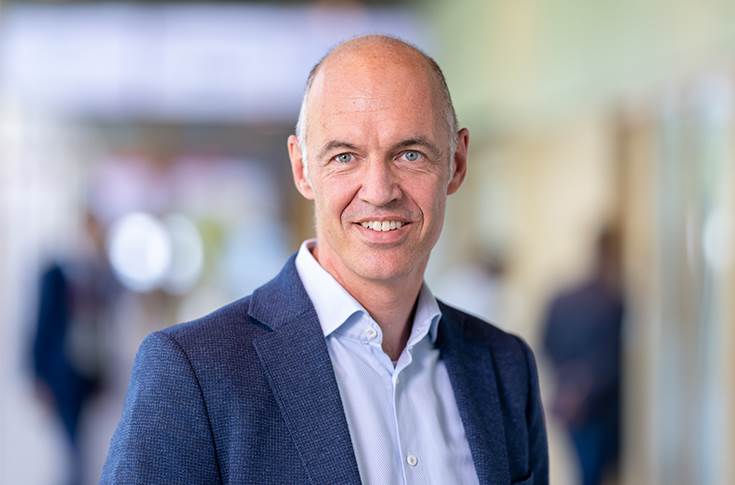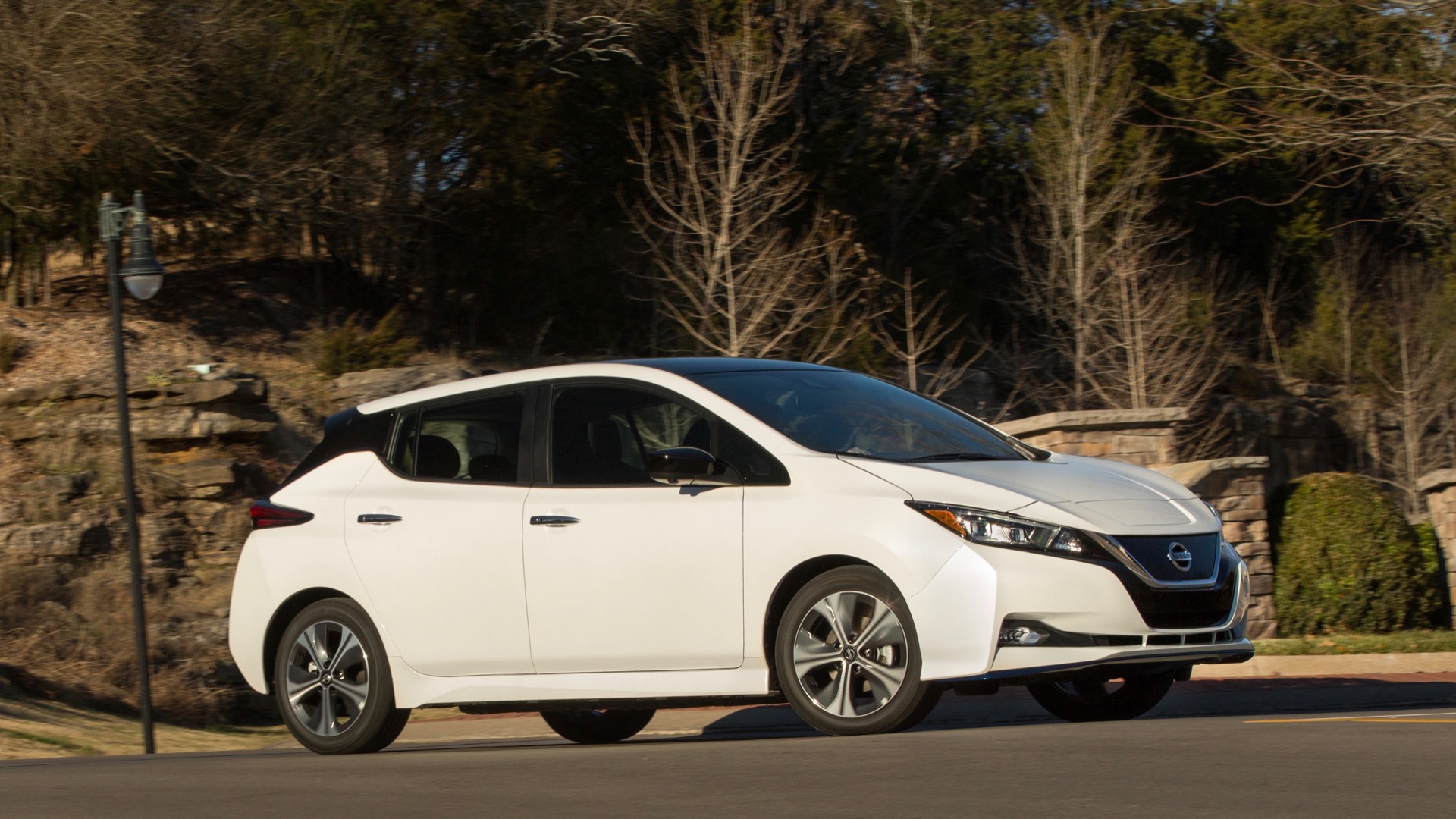With countless innovations emerging in the automotive space, Bosch Mobility is in a unique position to not only push the envelope when it comes to software innovation, but also see how to make the best use of its experience in powertrain solutions to make itself ‘future proof’. The global CTO elaborates on how the company is in an interesting phase for the next five to seven years, in terms of providing optimal technology but at an affordable price, and how the company is talking to several OEMs, and if the business case is mature enough, they can meet the price point especially for India, and they are prepared.
Diesel is still very strong in markets like India and it is not considered a bad thing, especially from the consumer’s point of view. So, do you see it naturally dying off with emissions regulations getting tighter? Do you think diesel has got an unnecessarily bad name? From the Co2 perspective, it is better than gas.
We simply have to acknowledge the reality. Diesel is really on the decline, and I think this is not a technical thing but a reputation thing.
We invested a lot over the last decades to improve these technologies in terms of efficiency in terms of exhaust properties, and there will be a next step in terms of the Euro 7 regulation.
For commercial vehicles, we have options such as hydrogen, but that also depends on the infrastructure. We still will fulfil the market needs, or the market demands, as far as these are concerned.
Do you think PM (particulate matter) and NOx are still issues when it comes to diesel?
We have actually made a lot of effort to bring them down, and we are looking forward to what happens in Euro 7. I think we are well prepared to meet the requirements both on the NOx as well as the PM side.
Our plea is that we can actually do that without investing heavily in new technology, because we can fulfil these requirements using our treatment systems.
What you’re saying is that while diesel is phasing out more due to reputation, politics and perception, rather than the hard facts or technical factors.
I’m a technology person. Technically, I’m driving a diesel vehicle, with a six-cylinder engine, and from an efficiency point of view, this engine is great. Driving 100 kilometres on four litres! From a technology perspective and from a Co2 footprint perspective, the technology is okay.
Having said that, we are doing everything to meet the Paris climate regulations, and we are investing in a lot of technologies in order to make that happen.
From a mobility perspective, we are investing in e-motors, power electronics and supplementary technology for batteries. We’re going a lot in the hydrogen direction and such similar technologies, to make sure that the automotive technology makes a positive impact on the Paris regulations.
Since India is a very cost-conscious market, are you looking at affordable solutions, given that Bosch’s advanced technologies come at a premium?
We know the Indian market very well. We will support and supply the demand for the Indian market in whatever technology is needed. For electric mobility in India, the key issue is power supply and the question is how to do that in a decentralised way. If we do that, then there will be demand, and I completely agree that India requires more cost-conscious solutions on the electric side, than possibly in the rest of the world.
We are engaged in discussions with Indian OEMs and are investigating what we can do to localise components, or even develop a specific e-motor and power electronics components in India. However, there is no decision yet.
So, you think there is a market to get your own e-motors in there?
I think there is a market. There will be a market, because countries and economies like India need to get rid of fossil fuels at some point. We are prepared to do so. We have localised small electric motors in India, we know the automotive business in India, so I think we are well prepared to enter the market there. We’ve had a discussion for a couple of years on whether, how and when to enter the Indian market, but there is no decision yet.
From what we understand, the big OEMs have their own sourcing sorted out, so do you have enough OEM interest to give you scale?
That’s exactly the key point. The value which we bring to the market is that we bring nice vehicles at an affordable price with nice functionality, which has appealed to the end customer.
Whatever is under the hood, it needs to be satisfying our requirements in terms of power and energy efficiency. That’s basically why we’re so successful in general. We entered the market at a very early point in time, scaled up industrialisation with our joint venture partner there and this is simply kicking off with motors, power electronics, everything you need in the vehicles.
This will be an interesting phase for the next five to seven years, in terms of providing optimal technology but at an affordable price. And we see that here at the show.
You see Chinese players versus German ones. They are taking completely different strategies, and for us as a supplier, scale is everything. We are supplying to Volkswagen.
We are also in discussions with the others, (very good discussions), and if the business case is mature enough, we can meet the price point especially for India, we are prepared.
Are you in discussion with OEMs in India right now?
Yes, we are.
Help us understand the India technical footprint. What is the role of the R&D centre and what kind of responsibilities have been assigned to India?
There is such brilliant talent in India, it’s amazing. In the past basically, they did software application work. But now we are prepared to empower them and shift even more responsibility to India.
So, it’s not just the Bosch division, but in the operating system layer, service layer, we are prepared to give more responsibility in India, and this is important, because I think digital life in India is more advanced than in Europe.
India is not only one of the R&D locations, but also a location where we are prepared to shift more competence, responsibility and accountability, particularly on the software side, on the software defined vehicles as well as application side.
On the production side, we have been in India for many years. India is a very cost-conscious market and it is difficult just to localise global products to India, because they certainly will not fly.
Now in the new world, the challenge is to partner with companies to make sure we are fitting the right price to performance.
What makes me confident that we are doing the right thing in India is the attrition rate. If we look at our attrition rate, Bosch is doing a very good job, as compared to the market.
What is your view on powertrains of the future and how are you seeing global markets and India with respect to powertrains?
Adoption depends on consumer confidence in the infrastructure set up. The market for alternate fuel vehicles such as hydrogen and EV depends on how quickly the infrastructure develops. So, we must wait and see what comes in Southeast Asia and India. For instance, decentralised hydrogen production, if that can be done with electrolysers, it will enable the usage of fuel cell powered vehicles.
When do you see the inflection point or price parity?
I think the price parity from my perspective is not the real decisive factor. I think now, people really think of the future. There will be an ICE ban in Europe from 2035 onwards. I see many people shifting towards new technology, even though the cost of mobility is slightly higher, simply to be on the future proof side.
This interview was first published in Autocar Professional’s December 15, 2023 issue.



